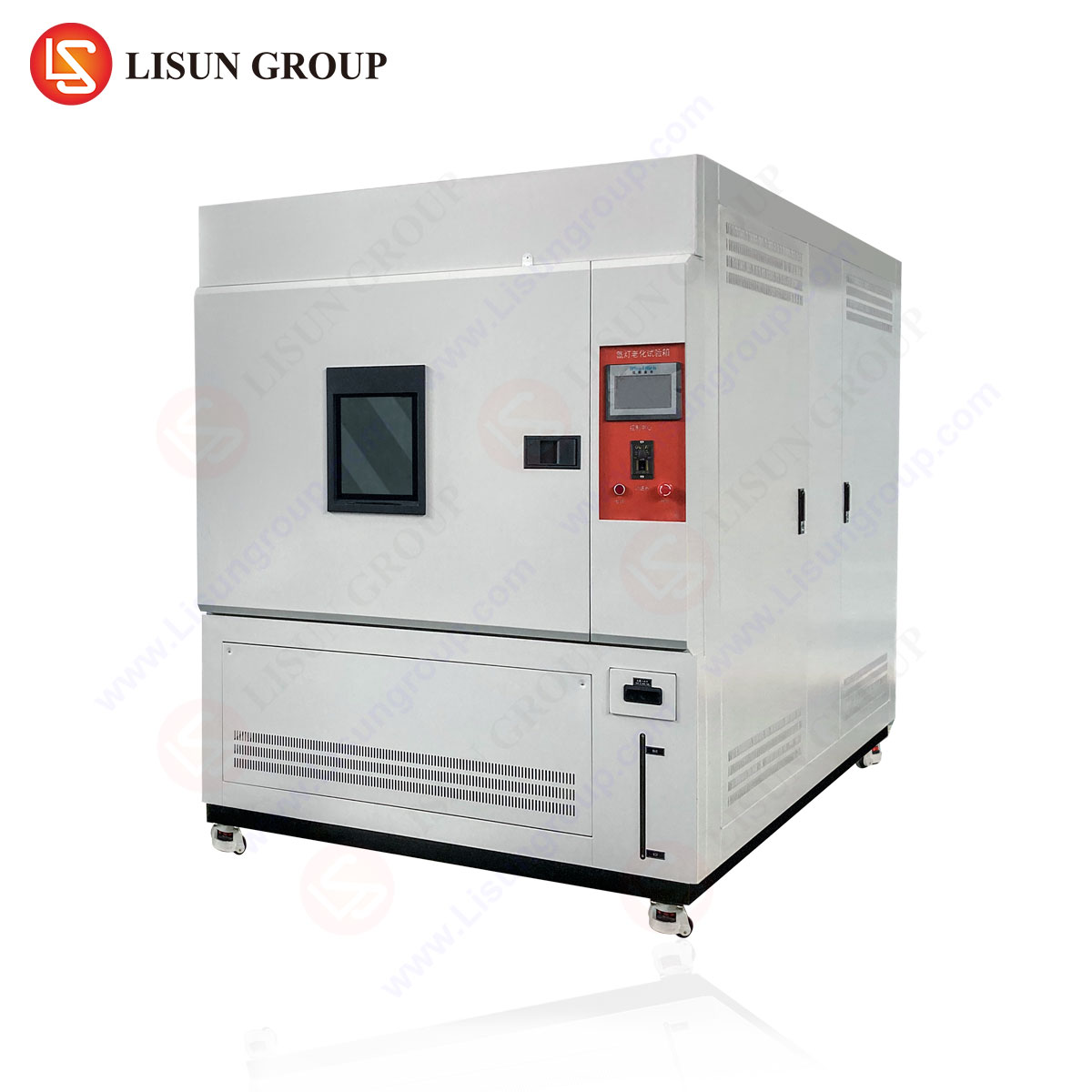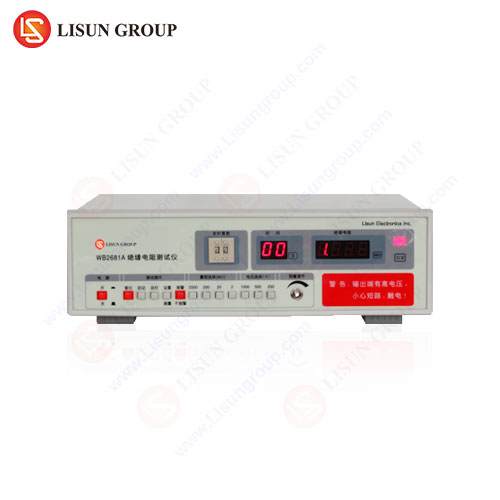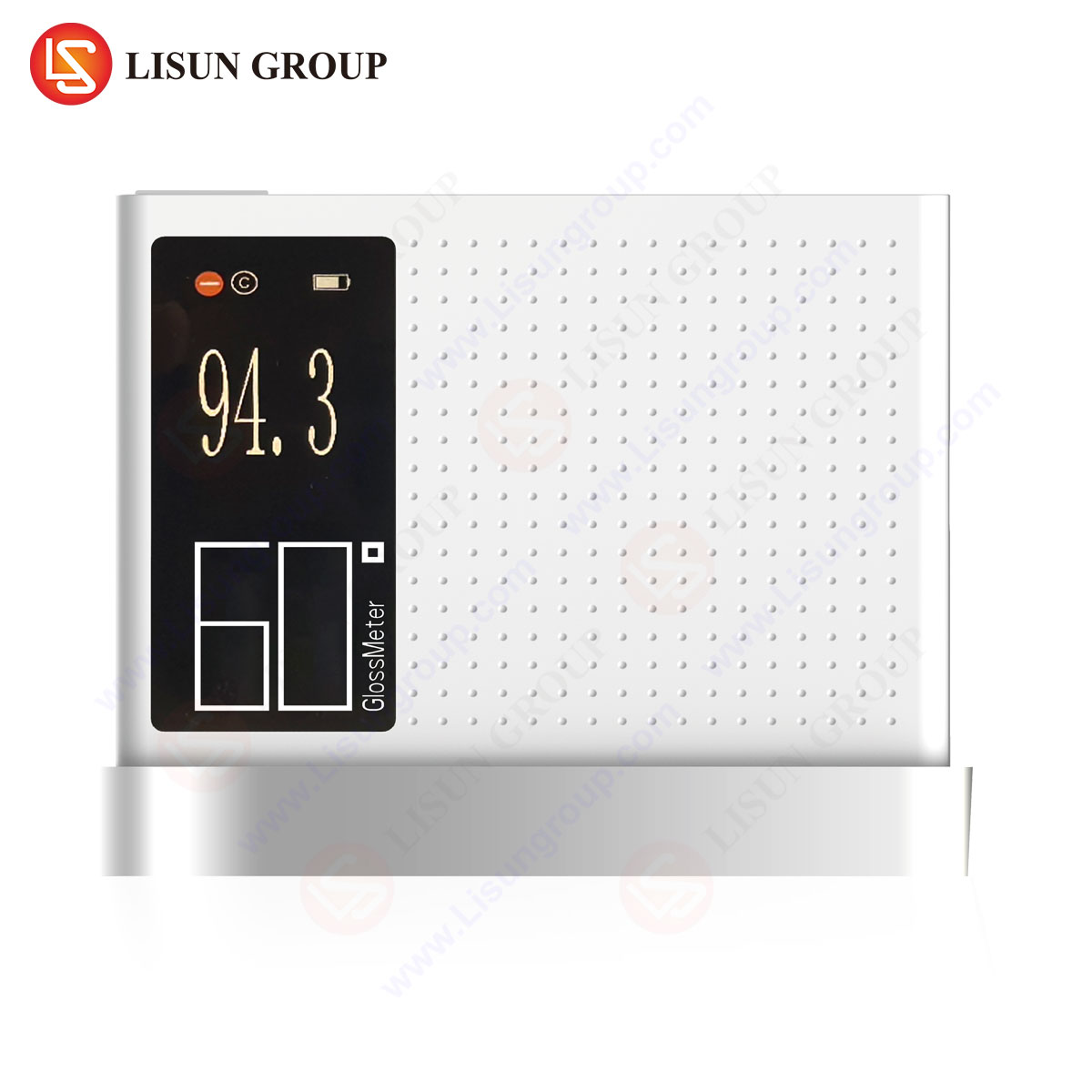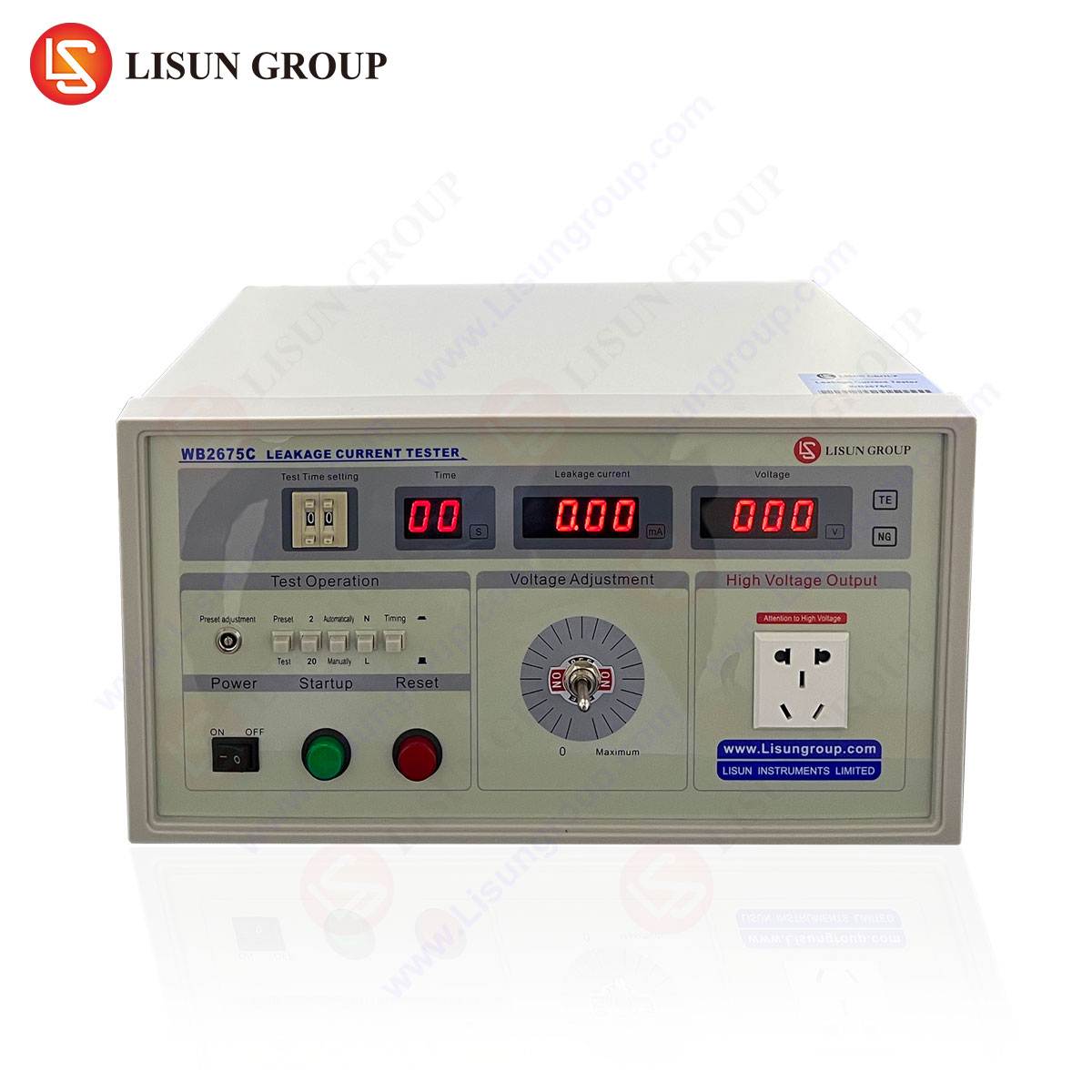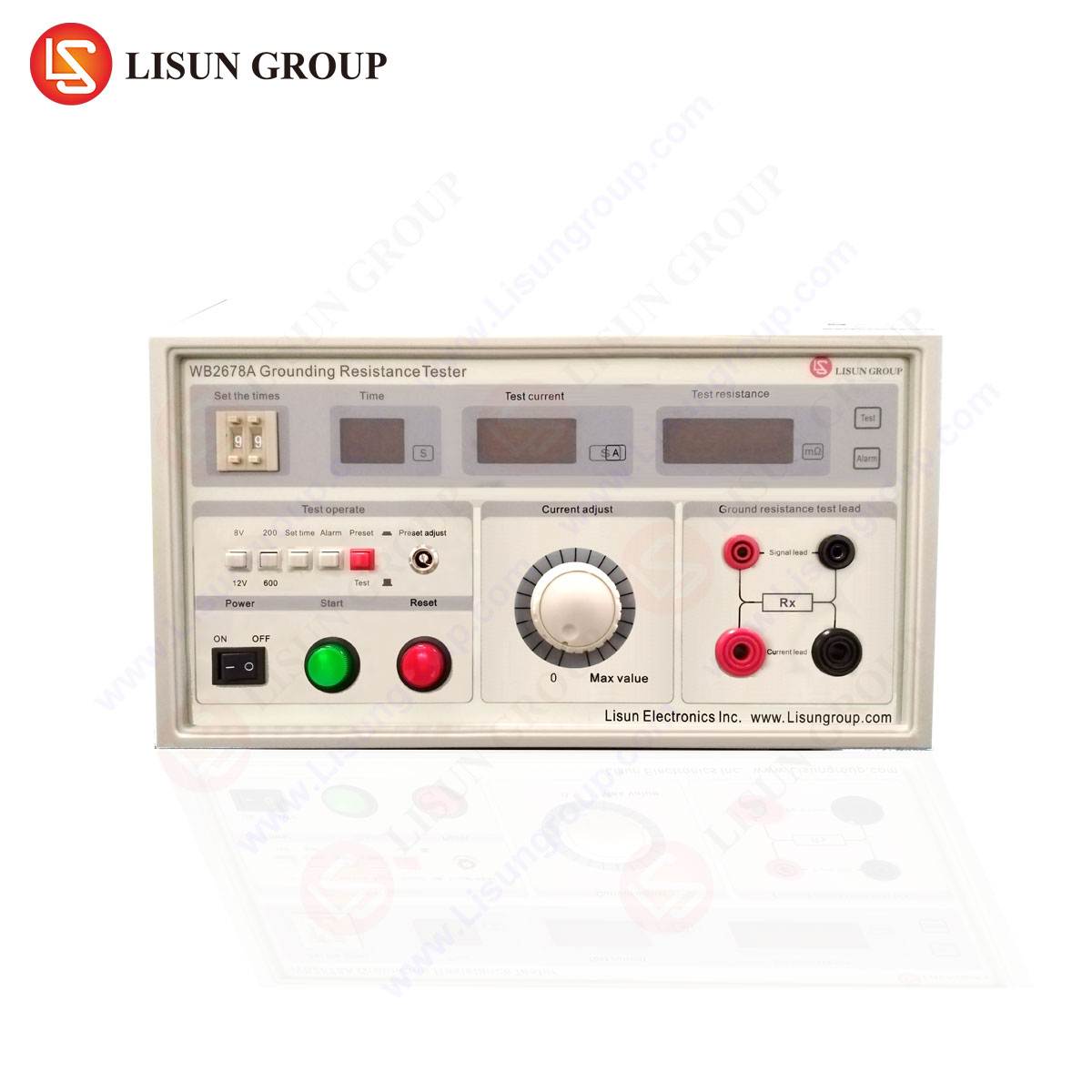Fundamentals of Dielectric Strength Testing
High-potential (hipot) testing, or dielectric withstand testing, evaluates the insulation integrity of electrical components by applying elevated voltages beyond normal operating conditions. The primary objective is to verify that insulation can endure transient overvoltages without breakdown, ensuring long-term reliability and user safety. This non-destructive test subjects the device under test (DUT) to AC or DC voltages, typically ranging from hundreds to several thousand volts, depending on industry standards and application requirements.
Two critical parameters define hipot testing: withstand voltage (the maximum applied voltage the insulation must sustain) and leakage current (the permissible current flow through insulation under test conditions). Exceeding leakage thresholds or insulation breakdown indicates potential defects such as inadequate spacing, material degradation, or manufacturing flaws.
Regulatory Standards and Compliance Frameworks
Hipot testing is mandated by international safety standards, including IEC 60335 (household appliances), IEC 60601 (medical devices), and UL 60950 (telecommunications equipment). These standards prescribe test voltages, duration, and environmental conditions to ensure uniformity across industries. For example, IEC 61010-1 requires a 1-minute AC hipot test at 1500 V for measurement and control equipment, while automotive electronics under ISO 16750-2 may necessitate DC testing to simulate battery-related transients.
Non-compliance risks product recalls, legal liabilities, and safety hazards, making hipot testing indispensable in pre-market certification and production-line quality control.
The WB2671A AC/DC Withstand Voltage Tester: Technical Overview
El LISÚN WB2671A is a precision instrument designed for AC/DC hipot testing, combining high-voltage output with advanced safety features. Key specifications include:
| Parámetro | Especificación |
|---|---|
| Rango de voltaje | AC: 0–5 kV / DC: 0–6 kV |
| Exactitud | ± (2% reading + 5 V) |
| Leakage Current | 0–20 mA (adjustable threshold) |
| Ramp Time | 1–999 s programmable |
| Safety Protections | Overcurrent, arc detection, emergency cutoff |
The WB2671A employs a dual-mode output (AC/DC) to accommodate diverse standards. Its programmable ramp function gradually increases voltage to mitigate inrush current effects, while real-time leakage monitoring ensures precise fault detection.
Industry-Specific Applications of Hipot Testing
Material eléctrico y electrónico
In power supplies and PCBs, hipot testing identifies inadequate creepage distances or solder bridging. The WB2671A’s DC mode is particularly effective for evaluating multilayer board insulation.
Electrónica del automóvil
Electric vehicle components, such as battery management systems, undergo DC hipot testing at 1.5–3 kV to simulate high-voltage battery faults.
Productos sanitarios
Defibrillators and patient monitors require stringent AC testing per IEC 60601-1, with the WB2671A’s arc detection preventing false failures due to capacitive coupling.
Aeroespacial y aviación
Flight control systems are tested under extreme environmental conditions. The WB2671A’s robust design ensures stable output despite temperature fluctuations.
Competitive Advantages of the WB2671A
- Multi-Standard Compatibility: Supports IEC, UL, and GB standards, reducing the need for multiple testers.
- Seguridad reforzada: Dual-isolation design and automatic discharge protect operators during high-voltage testing.
- Registro de datos: Integrated storage for test results facilitates traceability in production audits.
Advanced Testing Methodologies
Ramp Testing
A controlled voltage increase (e.g., 500 V/s) helps identify the exact breakdown point, useful for R&D insulation analysis.
Surge-Withstand Testing
For lighting fixtures, the WB2671A applies short-duration surges (e.g., 4 kV for 1 µs) to simulate lightning strikes.
Common Pitfalls and Mitigation Strategies
- Falsos positivos: Capacitive leakage in high-frequency devices can trigger failures. The WB2671A’s adjustable threshold minimizes this risk.
- Overstressing Insulation: Excessive test voltages degrade materials. Compliance with standard-recommended levels is critical.
FAQ
Q1: Can the WB2671A test both AC and DC simultaneously?
No, it operates in either AC or DC mode per test cycle, though protocols can alternate between modes programmatically.
Q2: What is the maximum cable length supported for remote testing?
Shielded cables up to 3 meters are recommended to minimize noise interference.
Q3: How does the WB2671A handle capacitive loads in medical devices?
It compensates for capacitive leakage current via frequency-selective filtering, ensuring accurate resistive current measurement.
Q4: Is the WB2671A suitable for automated production lines?
Yes, its RS232/GPIB interfaces enable integration with PLC-controlled systems.
Q5: What maintenance is required for long-term accuracy?
Annual calibration and dielectric fluid checks (if applicable) are advised per IEC 61010-1.


